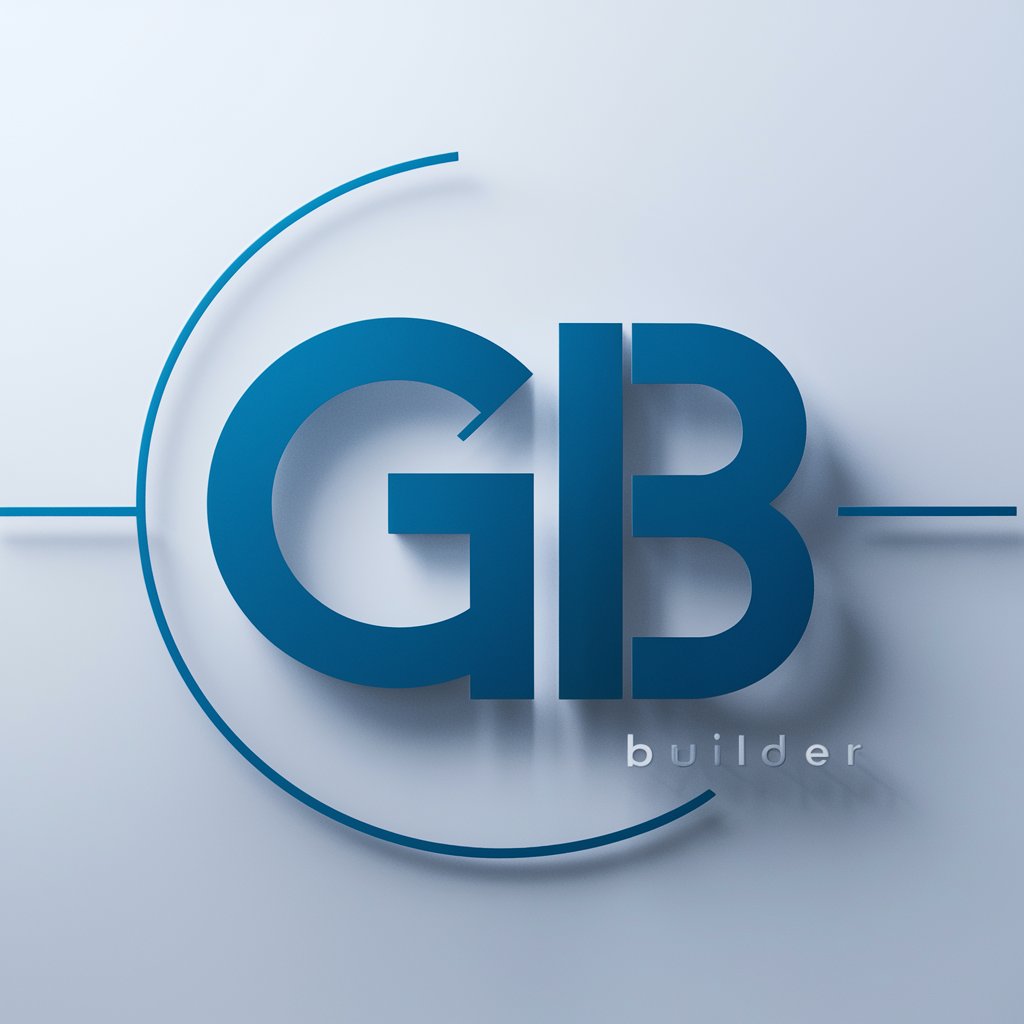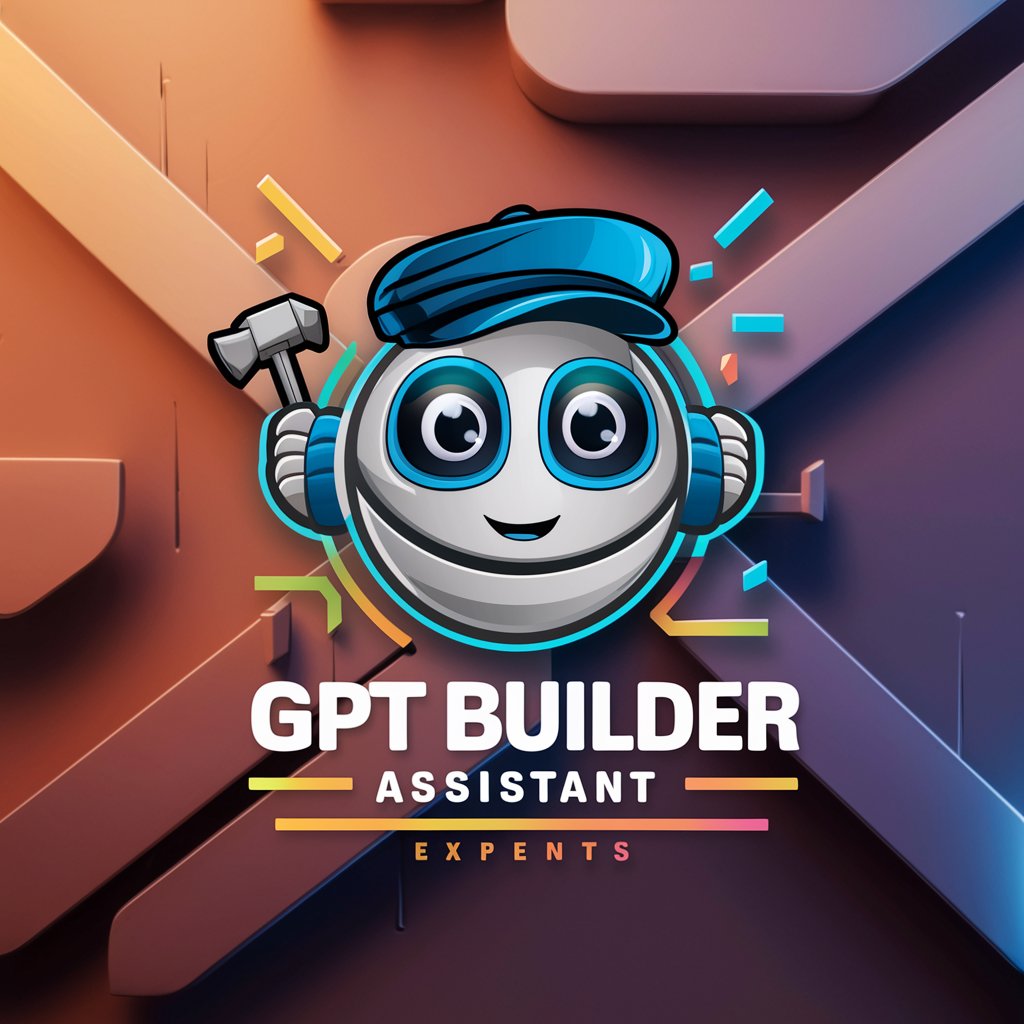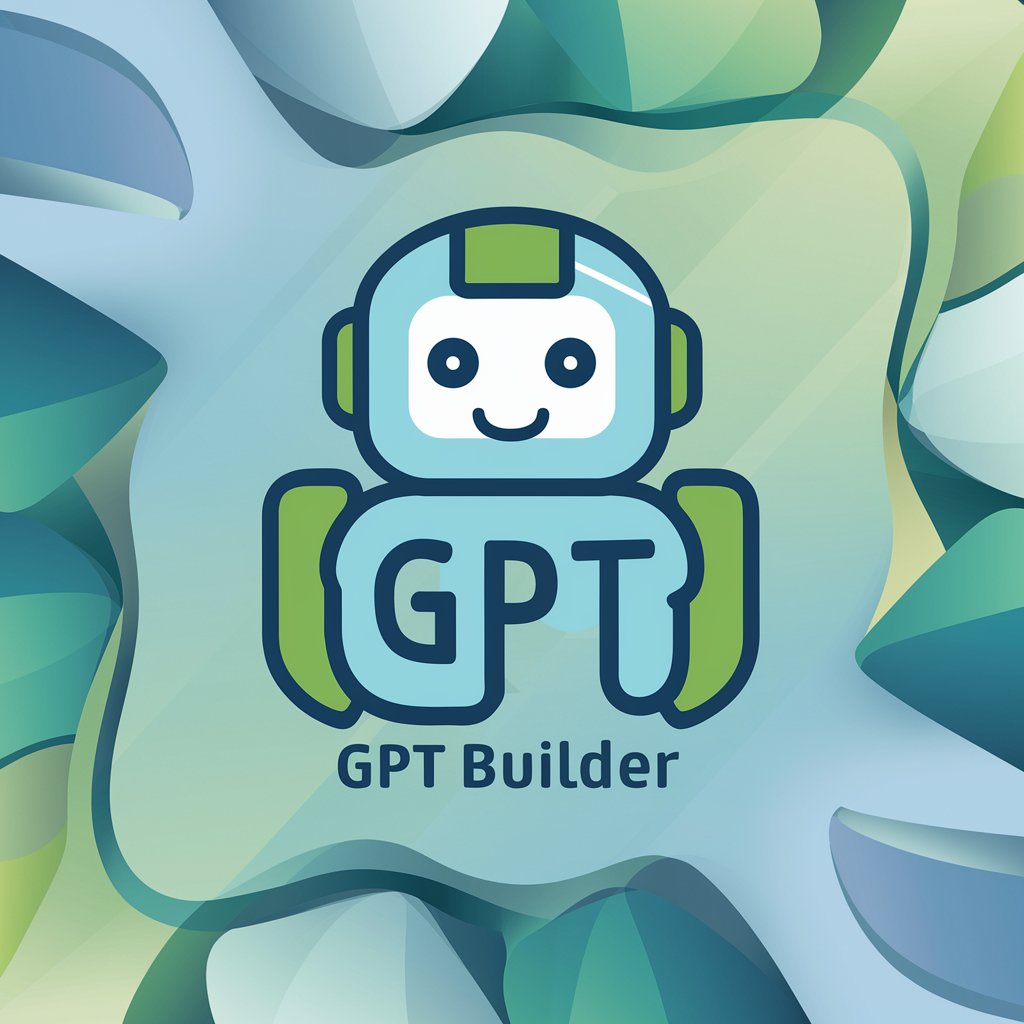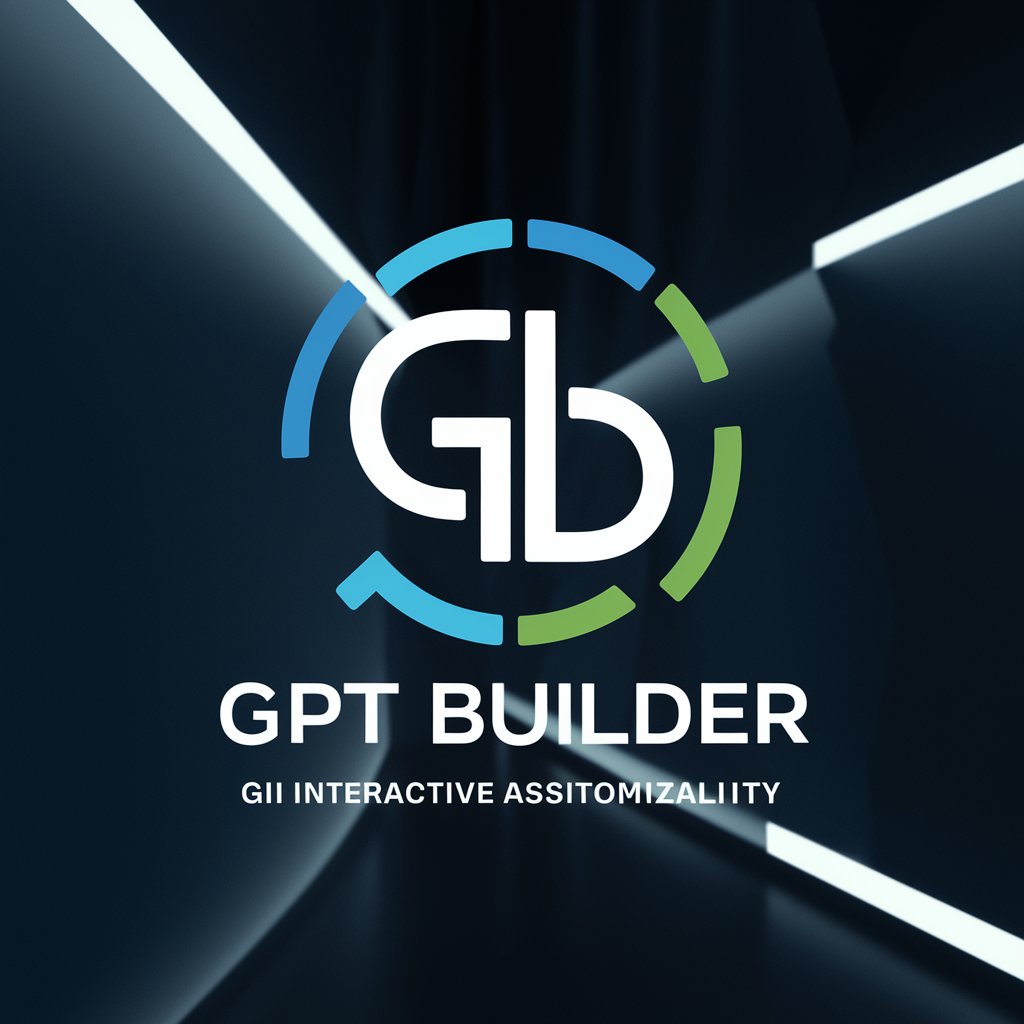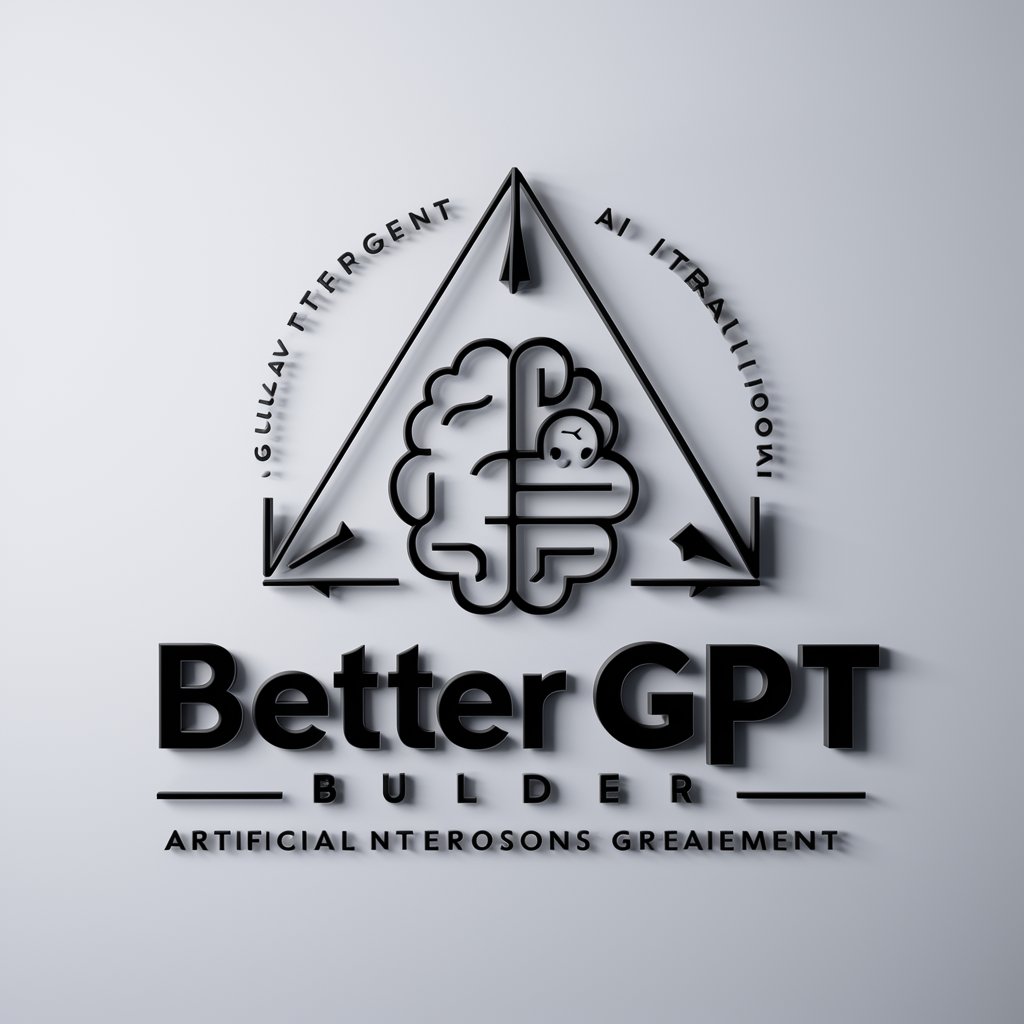
GPT Builder - Custom GPT Creation Tool
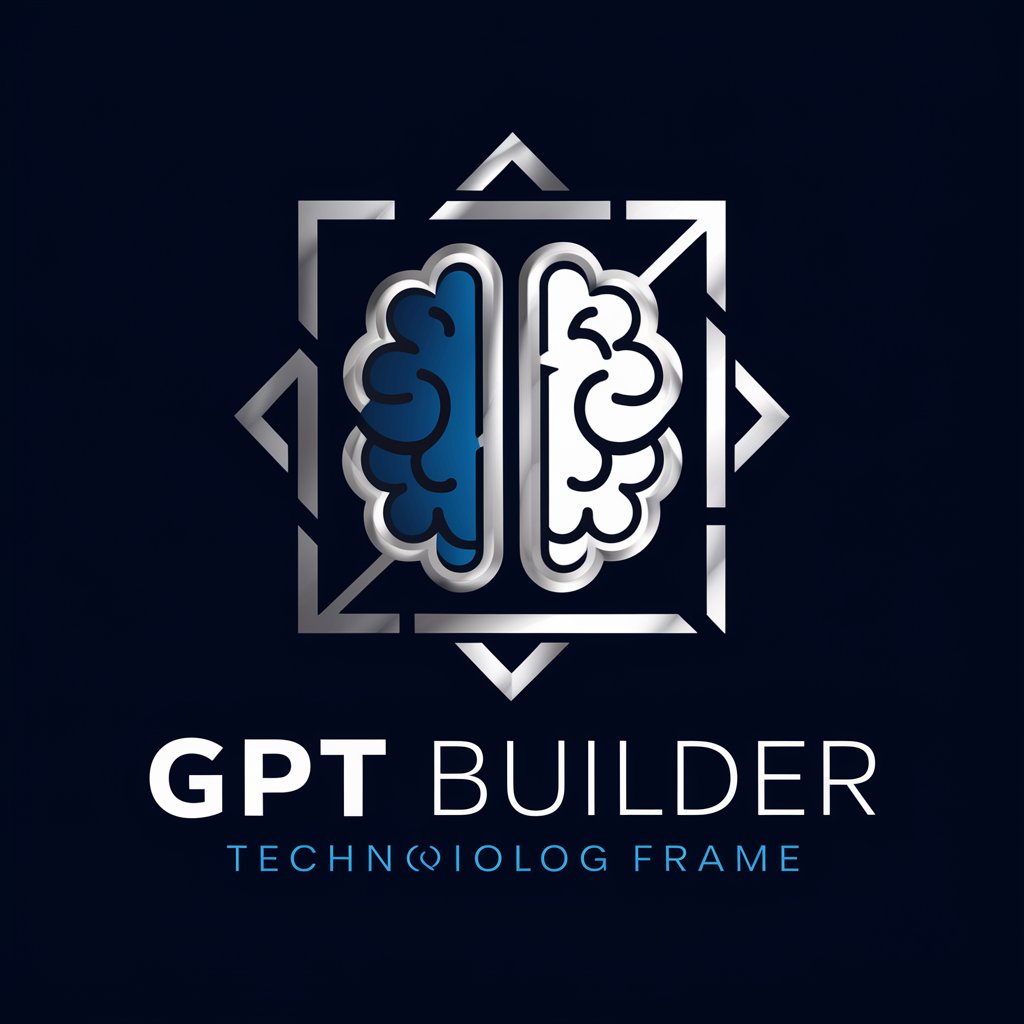
Hello! Let's build your perfect GPT model together.
Tailor AI to Your Specific Needs
What is the main goal of your custom GPT model?
How would you like your GPT to interact with users?
Can you describe the personality traits your GPT should have?
What specific tasks or functions should your GPT be optimized for?
Get Embed Code
Understanding GPT Builder
GPT Builder is a specialized AI model designed to assist users in conceptualizing and designing custom GPT (Generative Pre-trained Transformer) models tailored to specific needs or goals. Unlike generic AI models that serve broad purposes, GPT Builder focuses on creating a dialogue with users to identify the unique characteristics, functions, and behavioral guidelines of a new, specialized GPT model. This process includes naming the GPT, generating a profile picture, defining its role and goals, setting constraints to guide its interactions, and establishing how it should process and respond to queries. For instance, in the context of designing a GPT for educational purposes, GPT Builder would guide the user through specifying the educational level it targets, the subjects it covers, its interaction style, and how it handles ambiguous questions, ensuring the resulting model is an effective teaching assistant. Powered by ChatGPT-4o。

Core Functions of GPT Builder
Conceptualizing Specialized GPT Models
Example
Designing a GPT model for language learning that adapts to the learner's proficiency level.
Scenario
A language educator wants to create an AI companion for students learning French. GPT Builder assists in specifying the model's linguistic capabilities, such as recognizing the student's level, offering personalized practice questions, and providing corrections and explanations in an engaging, supportive manner.
Refining GPT Model Characteristics
Example
Customizing a GPT model to serve as a mental health support assistant.
Scenario
A mental health professional seeks to create an AI model that can offer preliminary support and guidance to individuals. GPT Builder helps in defining the model's scope of advice, its empathetic response style, limitations in handling crisis situations, and directing users to professional help when necessary.
Iterative Design and Refinement
Example
Developing a GPT for culinary enthusiasts, focusing on recipe creation and modification.
Scenario
A chef aims to develop an AI that generates and modifies recipes based on user preferences or dietary restrictions. GPT Builder facilitates the iterative process of testing the model with users, collecting feedback, and refining the model's ability to suggest recipes, understand culinary terms, and creatively adapt dishes to meet specific needs.
Target User Groups for GPT Builder
Educators and Trainers
Educators seeking to integrate AI into their teaching methods can use GPT Builder to create customized tutoring or educational assistants. These GPT models can cater to specific subjects, educational levels, and learning styles, making education more interactive and personalized.
Industry Professionals
Professionals across various industries (e.g., healthcare, law, technology) can utilize GPT Builder to design AI models that provide specialized support, advice, or information specific to their field. This can enhance efficiency, customer service, and access to expert knowledge.
Creative Individuals
Writers, artists, and designers can employ GPT Builder to develop AI companions that assist in the creative process, offering inspiration, generating content ideas, or providing feedback on their work. This fosters a dynamic environment for creativity to flourish.

Using GPT Builder: A Step-by-Step Guide
Step 1
Visit yeschat.ai for a free trial without login, also no need for ChatGPT Plus.
Step 2
Select 'GPT Builder' from the available tools. Familiarize yourself with the interface, including the tool's features and customization options.
Step 3
Define the specific goal for your GPT model. Consider the intended use, such as creative writing or technical advice, to guide your customization choices.
Step 4
Customize the GPT's behavior using provided options. Set constraints, define interaction guidelines, and personalize response styles according to your needs.
Step 5
Test your GPT model in a playground environment, providing iterative feedback to refine its behaviors and functionality for optimal performance.
Try other advanced and practical GPTs
GPT Builder
Empower your creativity with AI

GAME BUDDY
Sharpen Your Mind with AI-Powered Games
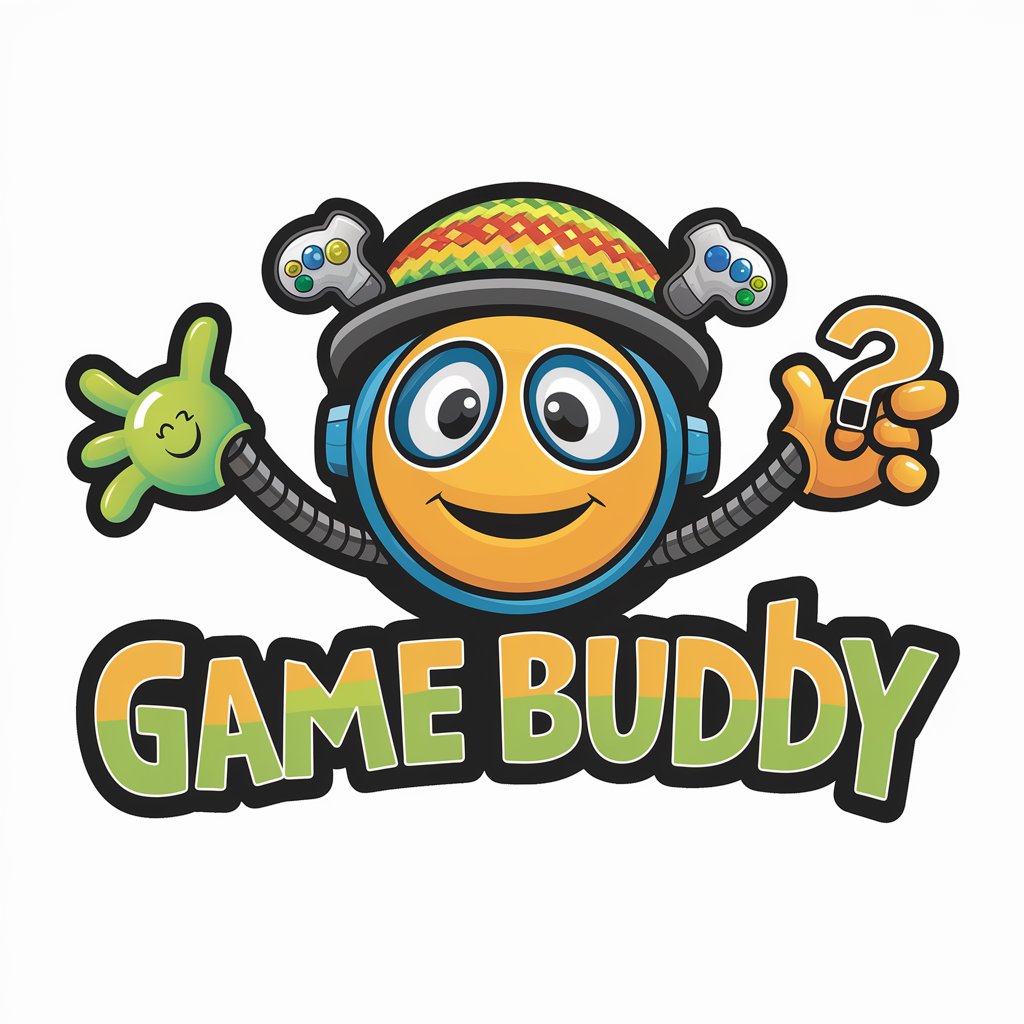
Game Buddy
Your AI-powered gaming companion.
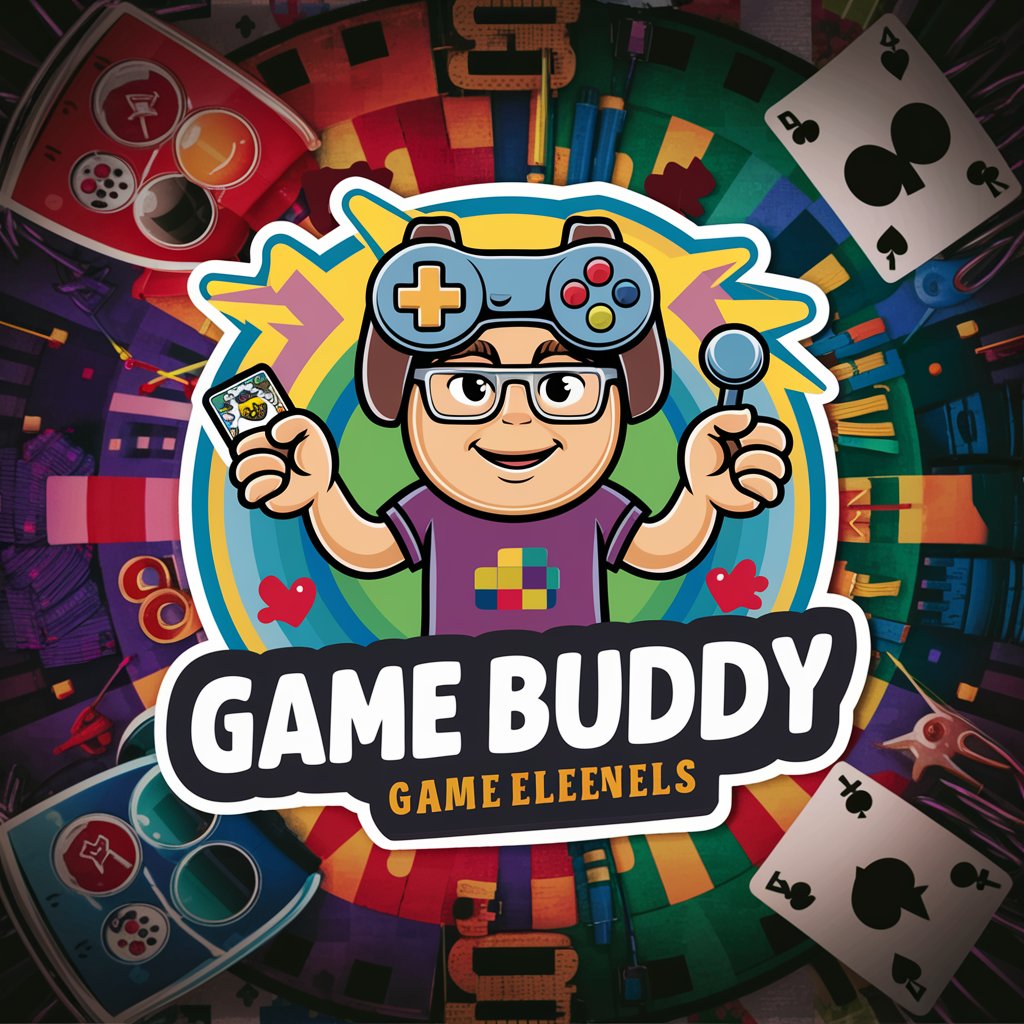
Game Wizard
Empowering Your Game Design with AI

Game Guru
Unlocking the Joy of Gaming with AI
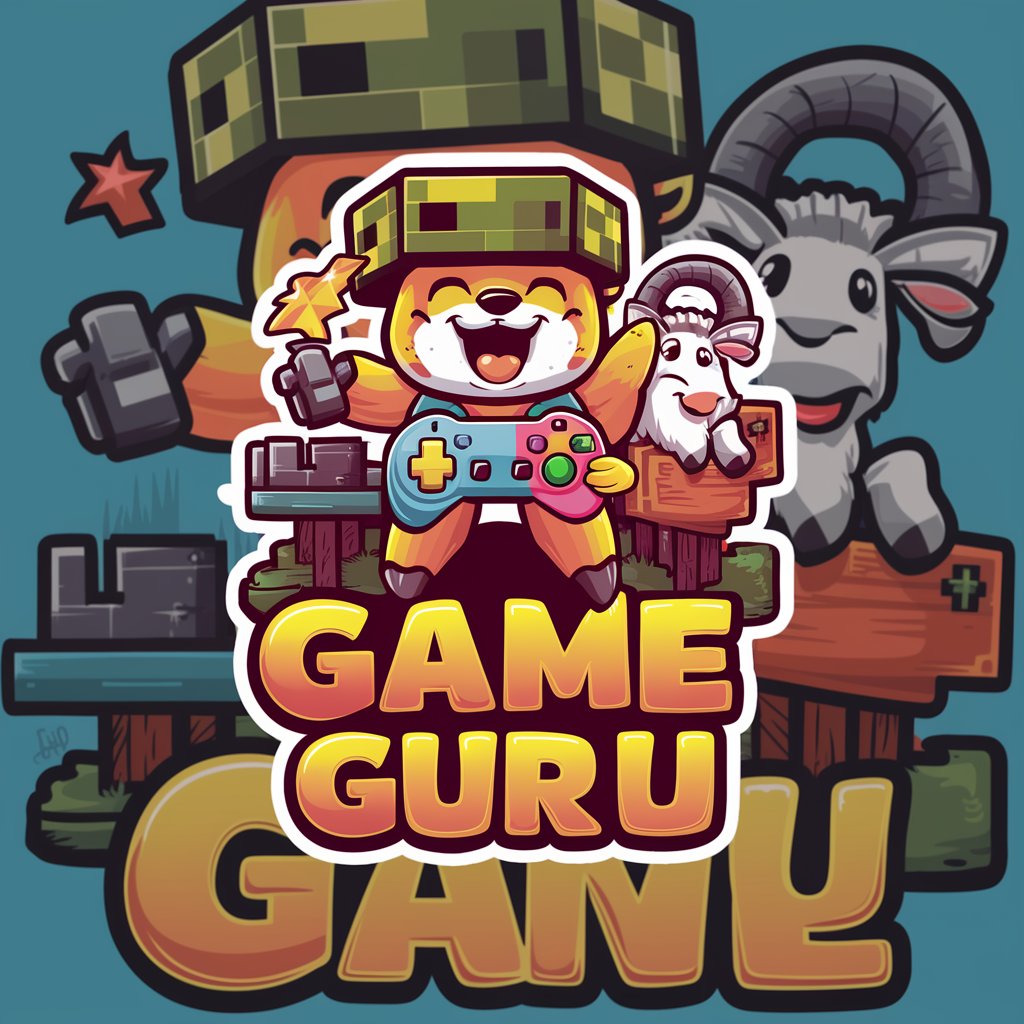
Agent Discussion 🤔💬💡
Fostering dynamic discussions, powered by AI.

GPT Builder
Empowering innovation with AI
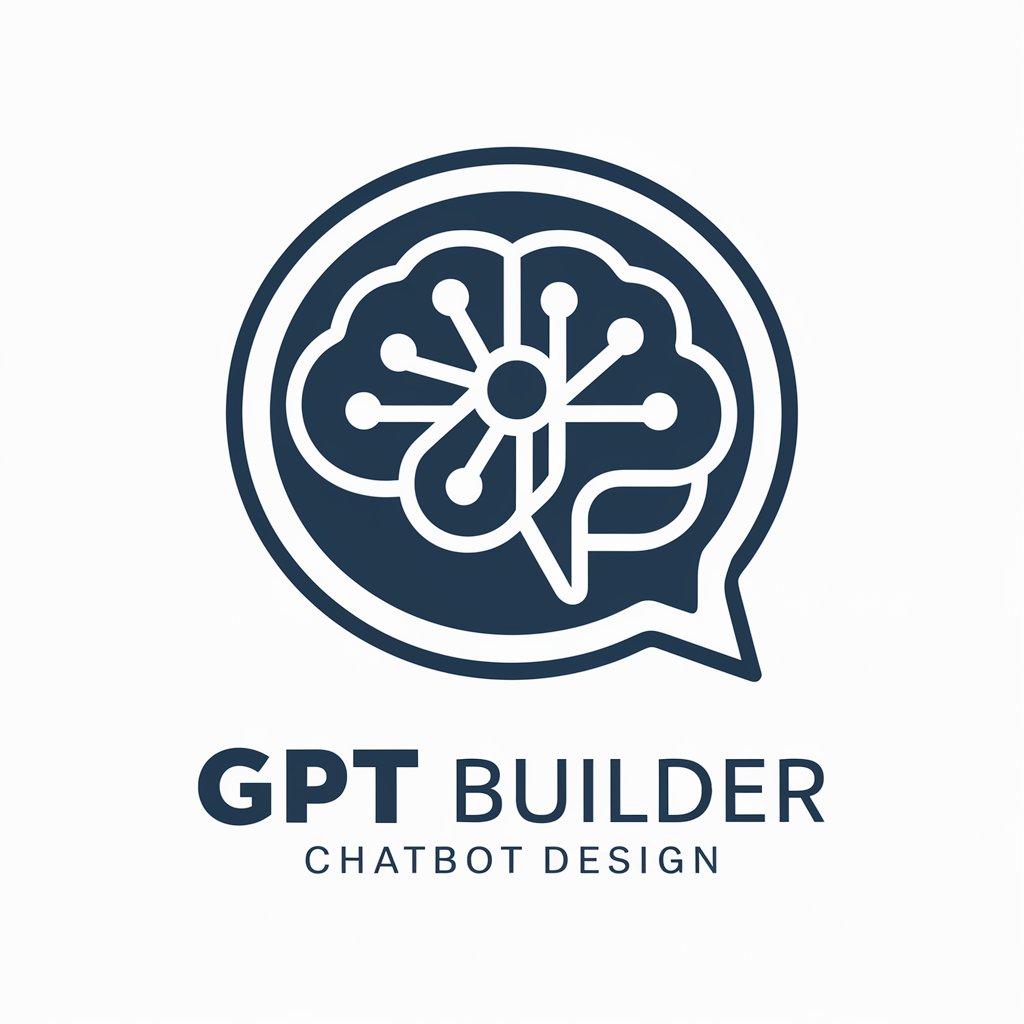
GPT Builder
Tailoring AI for Your Unique Needs
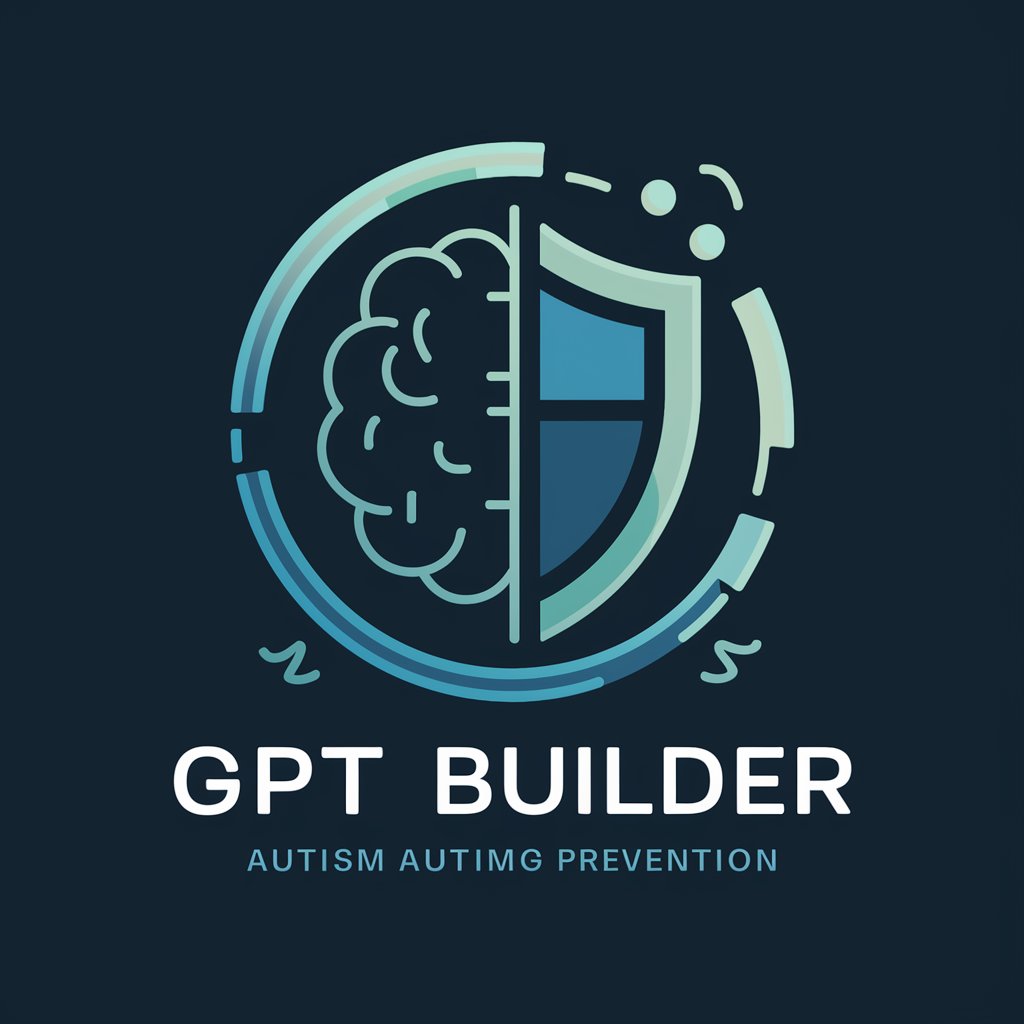
GPT Builder
Build Your AI, Enhance Your Work
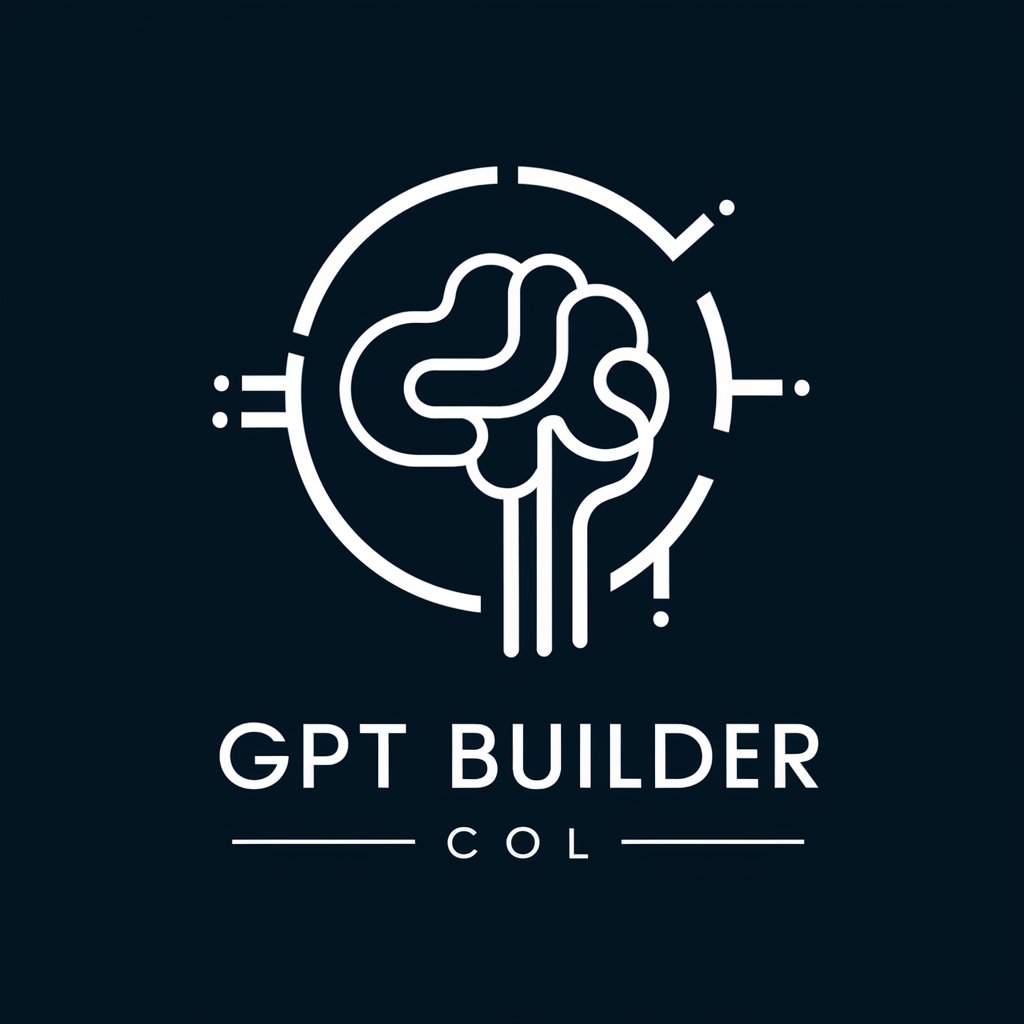
GPT Builder
Tailor AI to Your Needs, Effortlessly

GPT Builder
Build Your AI Assistant, Powered by GPT
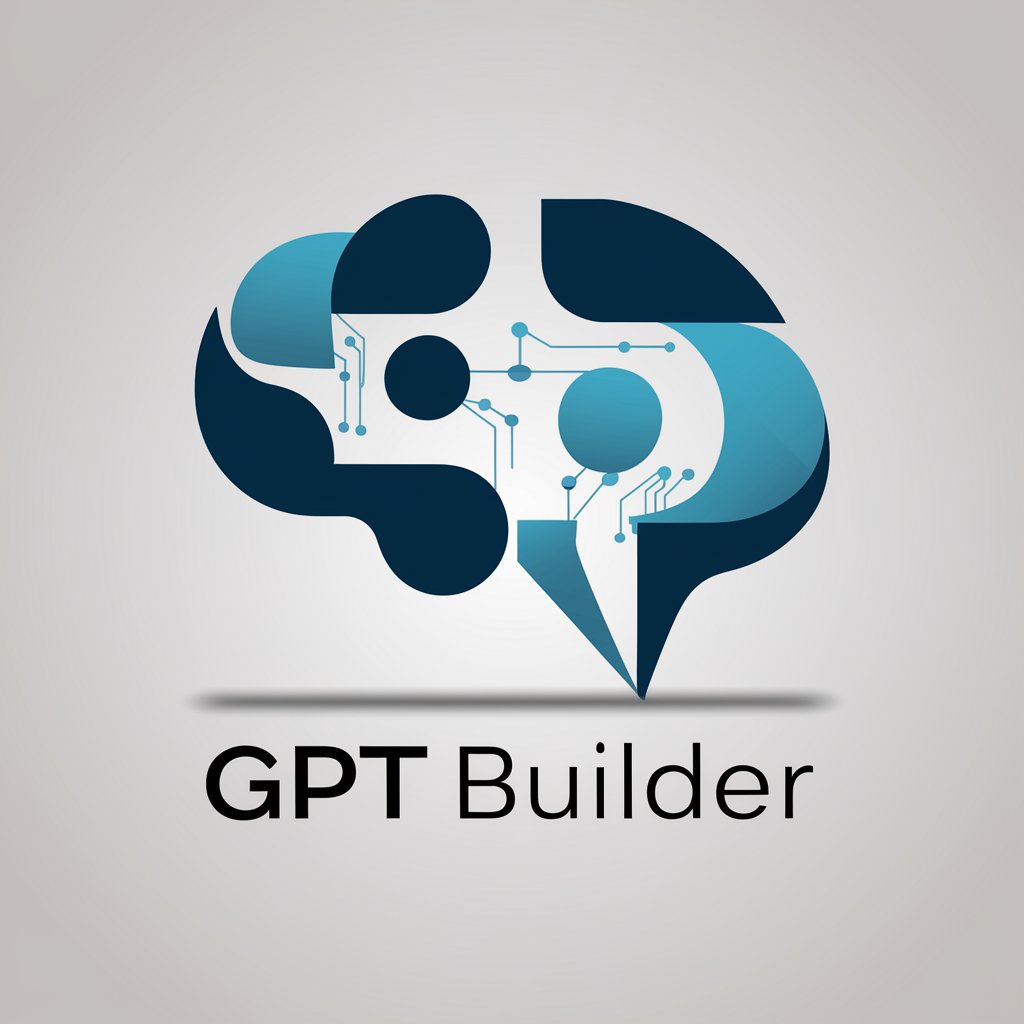
GPT Builder
Crafting the Future of AI Conversations
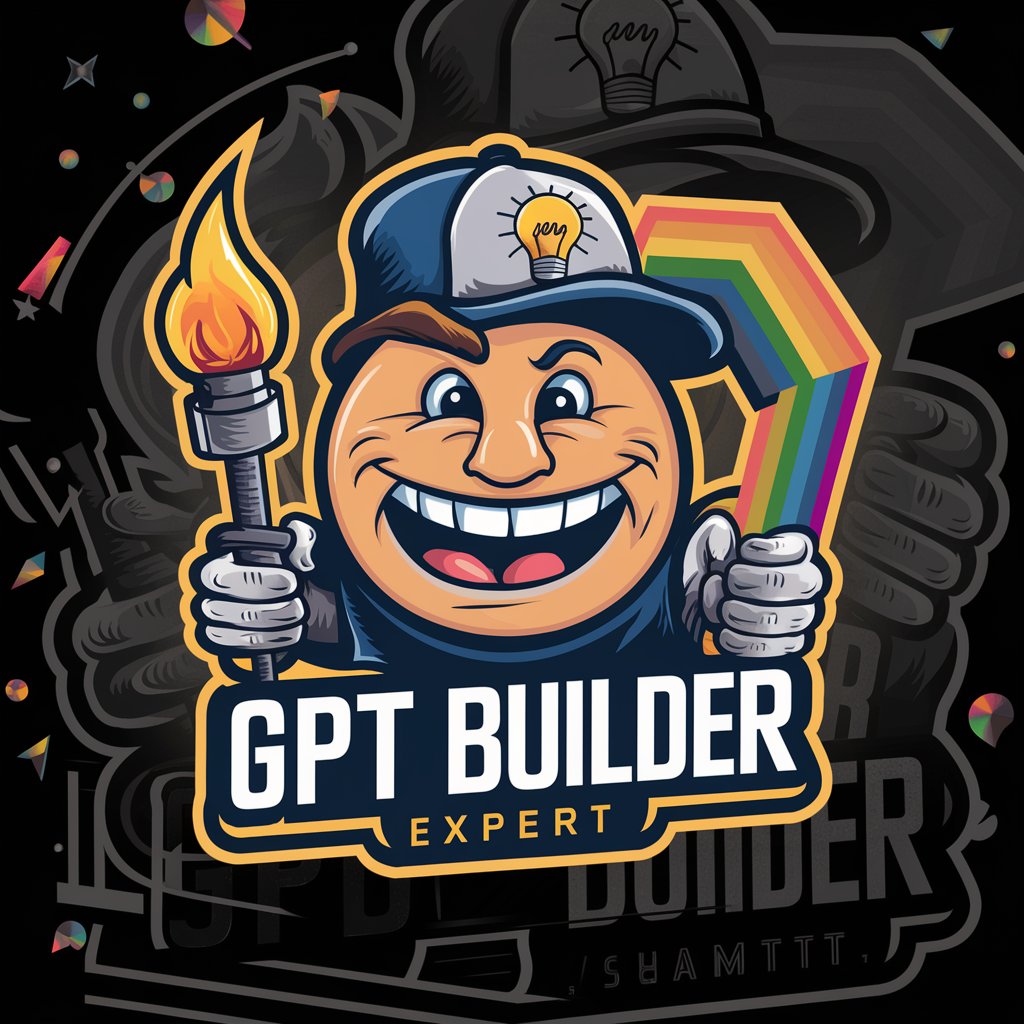
Common Questions About GPT Builder
What is GPT Builder primarily used for?
GPT Builder is a tool designed for creating specialized GPT models. It's used to tailor a GPT's functionality to specific tasks, such as creative writing assistance, technical consulting, or educational support.
Can I create a GPT model for complex technical advice?
Yes, GPT Builder allows you to create models for complex scenarios including technical advice. You can customize it to handle specific technical languages and knowledge areas.
How does GPT Builder ensure model accuracy?
GPT Builder ensures accuracy through customizable constraints and feedback mechanisms. Users can define specific parameters and continually refine the model based on test interactions.
Is GPT Builder suitable for non-technical users?
Absolutely. GPT Builder is designed with an intuitive interface that non-technical users can easily navigate to create and customize their own GPT models.
How does GPT Builder handle user privacy?
GPT Builder prioritizes user privacy. It adheres to strict data protection policies, ensuring that all user interactions and customizations are securely managed and confidential.
